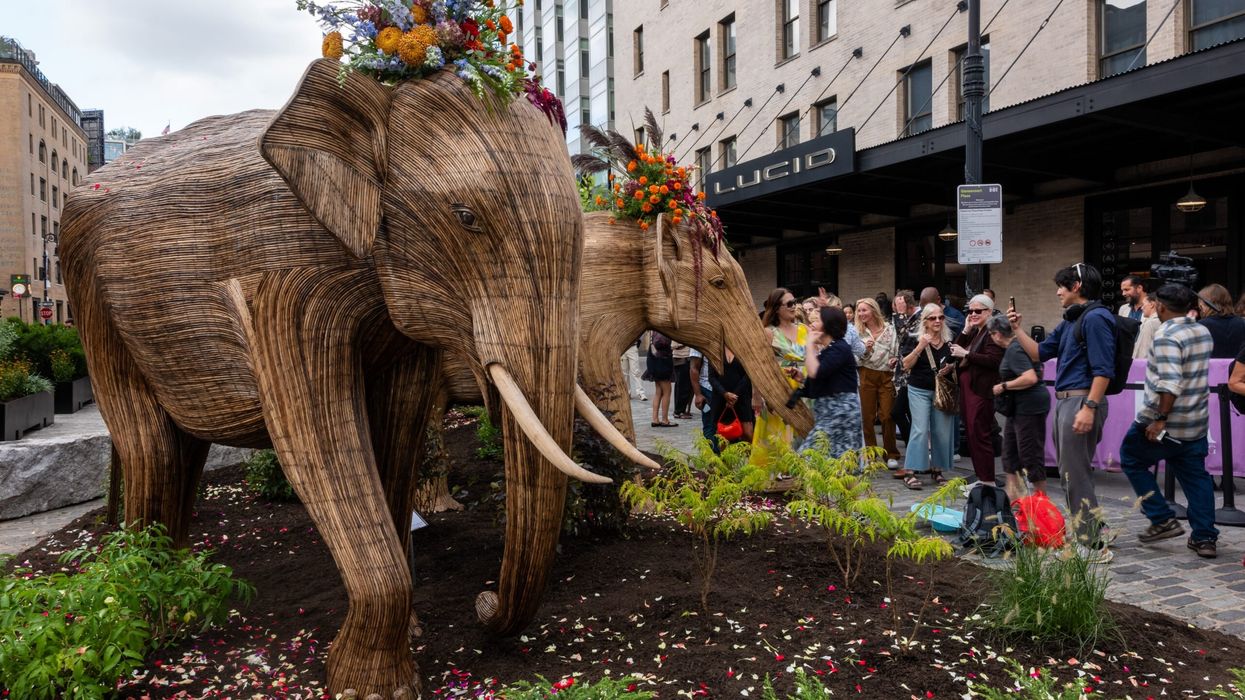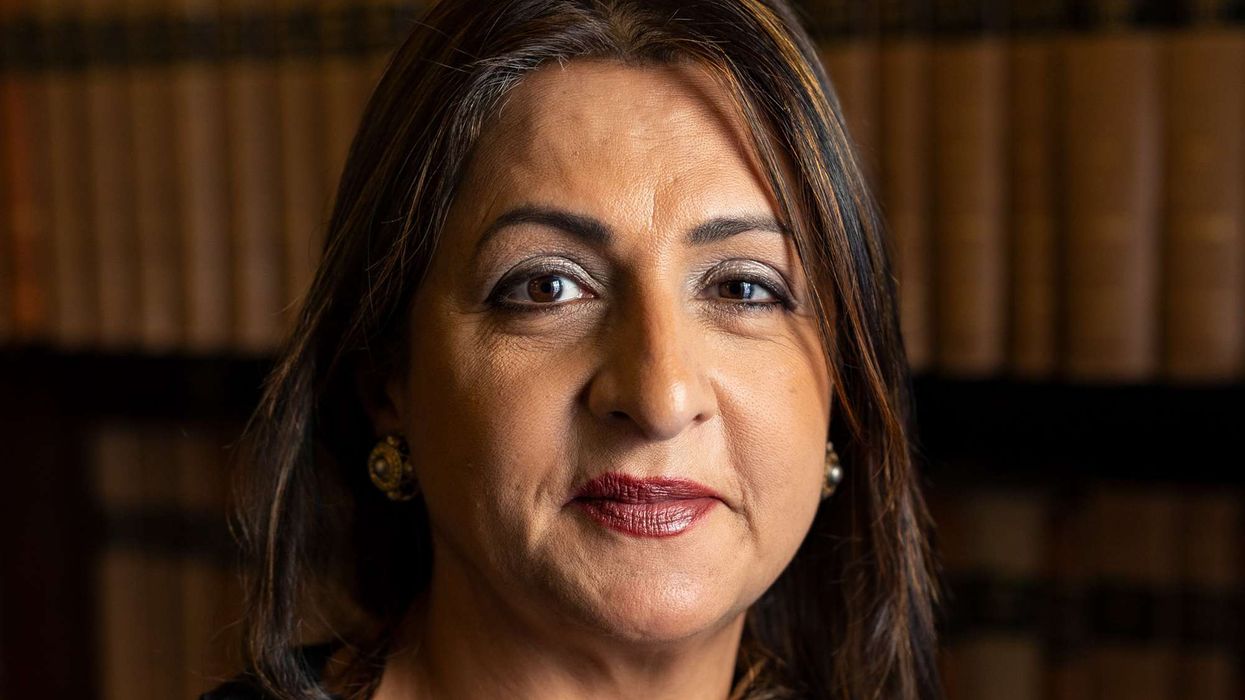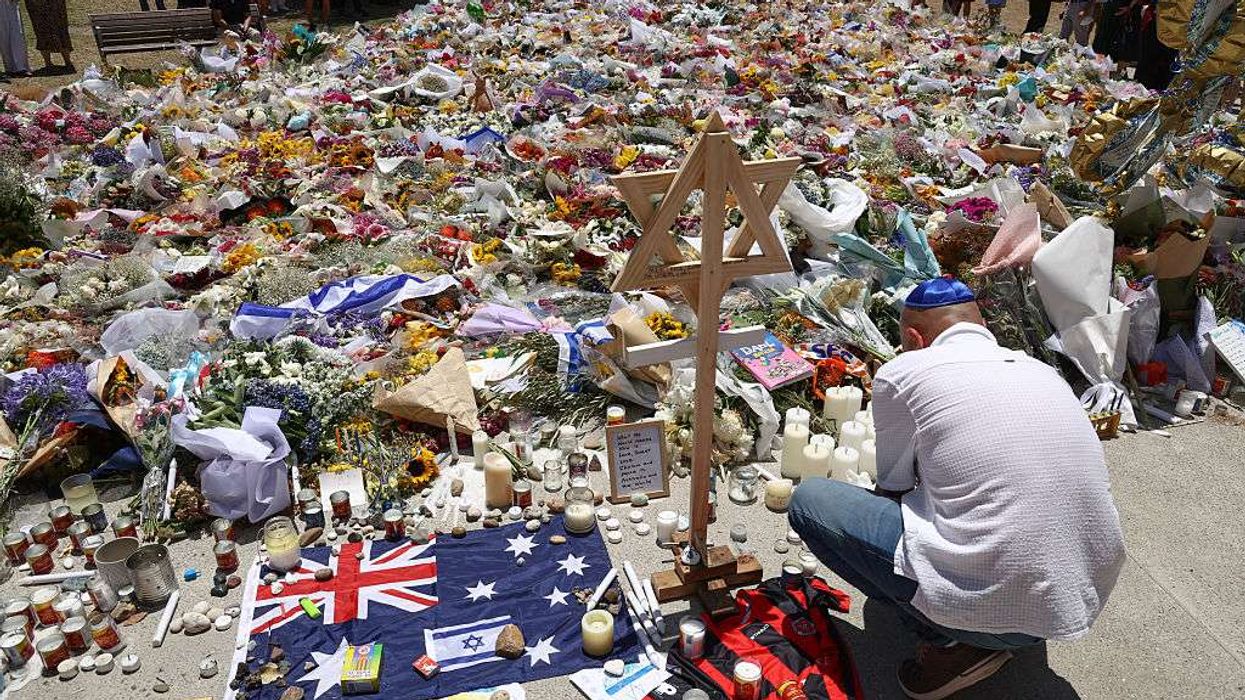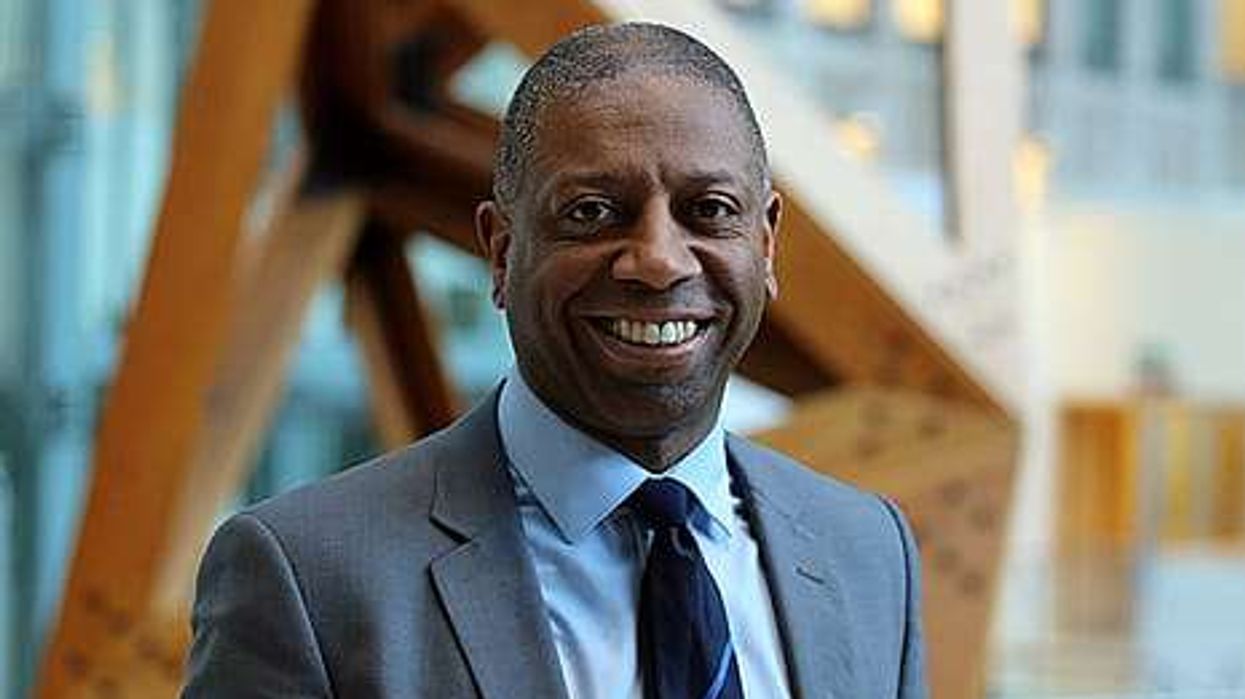A HERD of 100 life-sized elephant sculptures created by Indian artisans and highlighting a story of harmonious coexistence to the global audience, is the talk of the town in New York City.
The Great Elephant Migration, a public art installation, is attracting locals and curious tourists alike in the city’s Meatpacking district since it was unveiled on September 6.
In partnership with Elephant Family USA, an international nongovernment organisation (NGO) dedicated to helping humans share space with wildlife, 100 life-sized Indian elephant sculptures have been installed at the Meatpacking district, a statement by the Meatpacking District Management Association, a business improvement district (BID), said.
“The head-turning herds, spread across the district, will captivate visitors of all ages while amplifying indigenous knowledge and sharing a message about human-wildlife coexistence and conservation,” it said.
The installation is said to be one of the largest public art installations in NYC since Christo and Jeanne-Claude’s The Gates in 2005, an installation of 7,503 fabric panels in Central Park.
Each elephant is one-of-a-kind in the 100-strong herd on display, which has been created by the Coexistence Collective, a community of 200 indigenous artisans living within India’s Nilgiri Biosphere Reserve, the statement said. These indigenous artisans have reclaimed an invasive plant species called Lantana camara that has spread across 300,000 square kilometres of India’s forests and diminished food sources for all herbivores, the statement said.
“Using Lantana as material, the collective has recreated every elephant they live alongside, each known well by name and personality, in intricately detailed sculptural form.
“The creation of these elephants provides financial stability, status and pride to 200 members of the Soligas, Bettakurumbas, Kattunayakan and Paniyas tribes, who coexist with the real wild elephants the herd is based on,” it said.
The statement noted that more than $500,000 (£3,78,585) has been generated already through the installation, “making it the biggest sustainable indigenous enterprise in India to date. This effort celebrates their knowledge of the natural world and rewards a remarkable ability to coexist.”
India’s Consul General in New York, Binaya Pradhan, addressed the opening of the installation.
“The Great Elephant Migration from Nilgiri Hills to New York City; 100 life-sized elephant sculptures made by Indian artisans narrating a story of harmonious coexistence of elephants & people in India, also promoting better understanding of Indian culture, society, diversity & wildlife,” the Consulate General of India said in a X post.
The installation is on till October 20.













